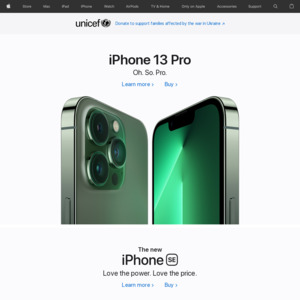So this 16 inch Macbook Pro 2019 that I bought in 4 Feb 2020 holds 7072 mah accoridng to the system report.
Which when divided by the original 8790 mah, is 80.5% maximum capacity, at the current cycle count of 150.
Apple's website states that:
"MacBook Owners
Your battery is designed to retain up to 80 per cent of its original capacity at 1,000 complete charge cycles. The one-year warranty includes replacement coverage for a defective battery. Apple offers a battery replacement service for all MacBook, MacBook Air and MacBook Pro notebooks with built-in batteries."
However, this macbook is reaching its two year mark from purchase, I was wondering if this would be covered by the Australian Consumer Law (ACL) or would apple simply look at its capcity and replace the battery?
Anyone has experience?
Also can I post this here? Or should i go to reddit…
Edit: attended Genius Bar appointment today, the person verified that battery capacity is borderline and agree to replace battery.

It says "up to" so it's pretty vague, but it seems like normal wear for a battery of that age.
That and the warranty is long gone.